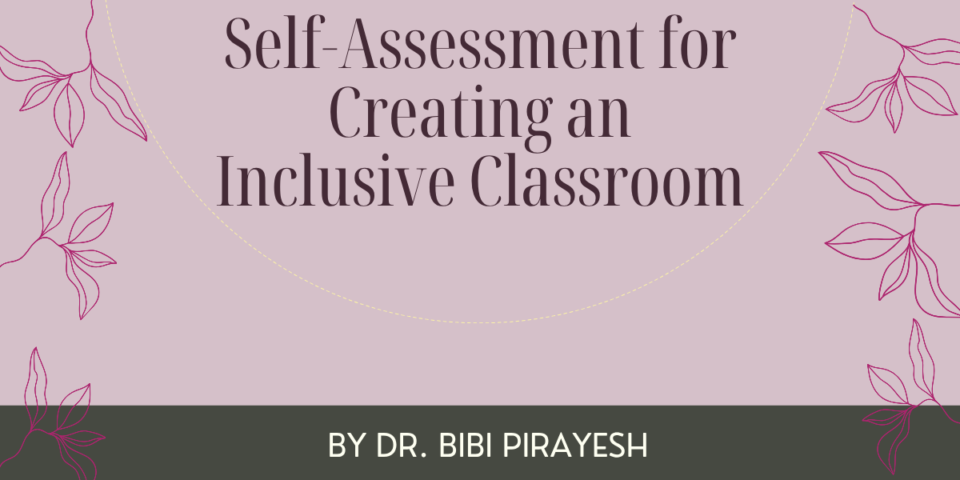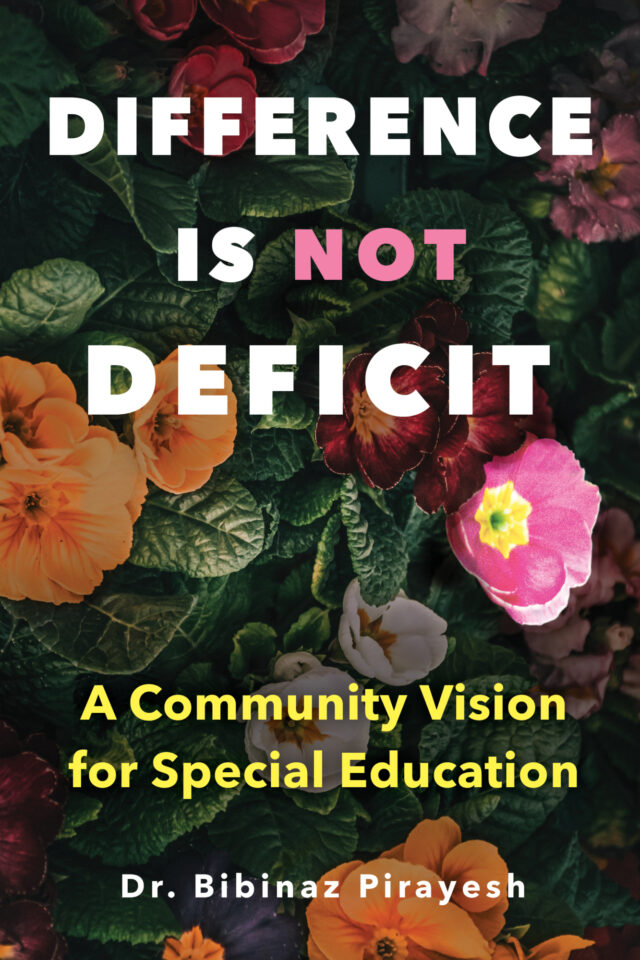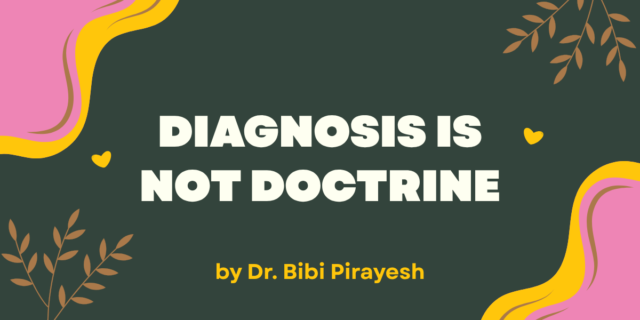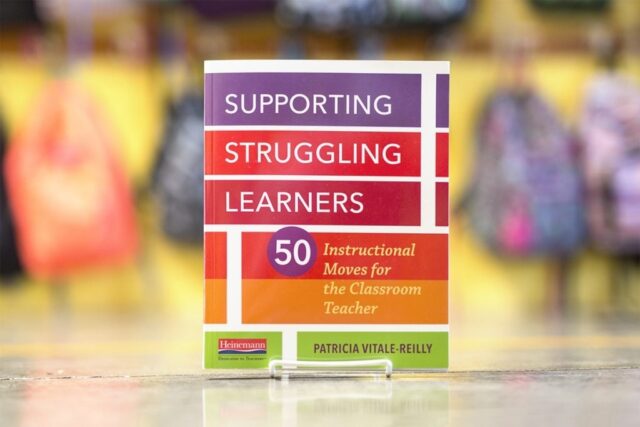
The following is adapted from Difference is Not Deficit by Dr. Bibinaz Pirayesh.
Before even getting your roster of students and a list of your students with learning disabilities, ask yourself, “How much do I understand about learning disability? What work have I done to decolonize my thinking around it? In what ways have I worked to create a classroom culture that highlights difference as an asset instead of a liability?"
What lessons, language, and work have I created to promote such a culture?
- In what ways does my identity/experience align me with power/the system?
- In what ways does my identity/experience misalign me with power/the system?
- In what ways does my identity/experience differ from those I serve? How are their identities aligned/misaligned with the system/power?
- How much education (formal or informal) have I had on critical pedagogy, political consciousness raising, liberation psychologies, ableism, disability history and disability studies, feminist studies, and other traditions/theories that critique the medical model of mental health/education? How can I continue my education in these areas?
- In what ways do I see/observe/believe that systemic oppression interacts with education/mental health, and how do I tend to address this in my work/life?
- In what ways do I practice humility when it comes to my work with differently abled kids? To what extent do I understand my authority as a teacher? In what ways do I see myself as the expert/norm?
- In what ways do I perpetuate the system in place by aligning with it and its rights rather than the child’s? (Try to come up with specific examples. Consider every time you ask a child to try to adhere to what the system considers acceptable/normal.)
- In what ways do I act in solidarity and community with others around the issues that concern my students? (Try to think of specific acts— voting is not enough.)
- In what ways do I actively resist the psychoeducational industrial complex? (Again, try to think of specific examples.)
- What practical or political action have I taken to advocate/fight for the rights of my marginalized students? (This can include everything from speaking up for someone without a voice in a meeting to organizing campaigns.)
Sitting with questions like these is the first and most important step toward creating an inclusive classroom. Return to this list regularly—at the very least at the start and end of each term. When you feel ready, you can ask yourself what one thing you can do, either within or outside your classroom, to help shift your answer to one of these questions. This could be something as simple as reading a book or following a social media channel. Try to make this about actual shifts in your classroom.
Reflect on the process itself:
- What examples did you think of?
- What surprised you?
- What angered you?
- What embarrassed you?
- What made you proud?
- How did these feelings feel in your body?
- How can these feelings relate to the way students feel/experience your classroom?



